With the goal of optimizing PRRSV detection, Drs. Igor Paploski and Cesar Corzo at the University of Minnesota led a study investigating the use of tongue tip samples from dead piglets for PRRSV monitoring during sow herd stabilization. The Swine Health Information Center-funded study sought to determine how to best utilize this sample type to optimize sensitivity of virus detection. Results showed that testing tongue tip fluids yielded more sensitive PRRSV detection compared to tongue tissue homogenates. Tongue tip fluids had notably lower Ct values especially when samples were kept frozen compared to refrigerated. The results demonstrate that sample processing and storage significantly impact the diagnostic sensitivity of tongue tips.
Find the industry summary for SHIC study #23-068 on this page.
PRRSV causes significant economic losses in the US at approximately $1.2 billion annually due to reproductive failure, abortion, and high pre-weaning mortality among piglets. Approximately 30% of US breeding herds experience a PRRSV outbreak every year. Tongue tips from dead animals, particularly piglets, are being considered as an alternative specimen to monitor PRRSV during sow herd stabilization; however, questions still exist regarding how to best process these samples to optimize sensitivity for virus detection. This study aimed to describe the impact of different tongue tip processing and testing protocols to optimize the sensitivity and specificity of PRRSV detection in sow herds.
To conduct this study, samples from seven sow farms were collected between two to five months after the onset of a PRRSV outbreak, including tongue tips from 20 piglet mortalities collected at each farm. Samples from five farms were used to test different pooling strategies (individual testing and pools of five and 20) and laboratory processing techniques (testing tongue tip fluids versus tongue tissue homogenate). Samples from the other two farms were used to simulate different storage and shipping conditions (frozen versus refrigerated) and test samples at different time points (1, 4, and 7 days). The samples were tested by PCR at the University of Minnesota Veterinary Diagnostic Laboratory.
A total of 100 tongue tips were collected from the first five farm visits. Within-farm PRRSV prevalence on dead piglets ranged from 0% to 100% when testing tongue tip fluid individually, and from 0% to 45% when testing tongue tissue homogenate individually. The results of tongue tissue homogenate were compared to tongue tip fluid, which was considered the gold standard. When testing tissue homogenate individually, the sensitivity was 36%, specificity was 100%, positive predictive value was 100%, and negative predictive value was 76%.
Additionally, the study quantified the impact of sample pooling. When testing tissue homogenate in pools of five, the sensitivity was 75%, specificity was 100%, positive predictive value was 100%, and negative predictive value was 86%. The authors found that pooling samples reduced diagnostic accuracy but acknowledged that pooling may still bring value to producers as it allows testing of more animals at a reduced cost. Practitioners and producers are therefore advised to discuss their goals and objectives for the testing with pathologists to determine the most appropriate strategy.
Further, the study assessed the effects of storage conditions and time elapsed between collection and testing on Ct values. A total of 40 tongue tips were collected from two additional farms. Results showed that Ct values from frozen samples were lower than those from refrigerated samples stored for the same length of time. For each day that elapsed since collection, Ct values of the samples increased by 0.2 units on average. This reinforces the importance of keeping tongue tips frozen during shipping but also shows that refrigerated samples still yield positive results. Minimizing delays in handling and shipment is crucial, as these factors impact the sample’s Ct values for each elapsed day since sample collection.
Tongue tips are an easy-to-collect sample type that targets animal mortalities, which may have a higher likelihood of infection, and diminishes welfare concerns during sample collection. This study provides valuable insights into how sample processing and submission circumstances impact PCR PRRSV testing results of tongue tips. The findings directly address the practical challenges faced by veterinarians and producers in managing PRRSV outbreaks. By quantifying the effects of various processing and storage factors, the results provide actionable insights to improve diagnostic accuracy. The use of tongue tips, as a non-invasive sample source from dead animals, offers a valuable tool for PRRSV surveillance, provided the optimized protocols are implemented.